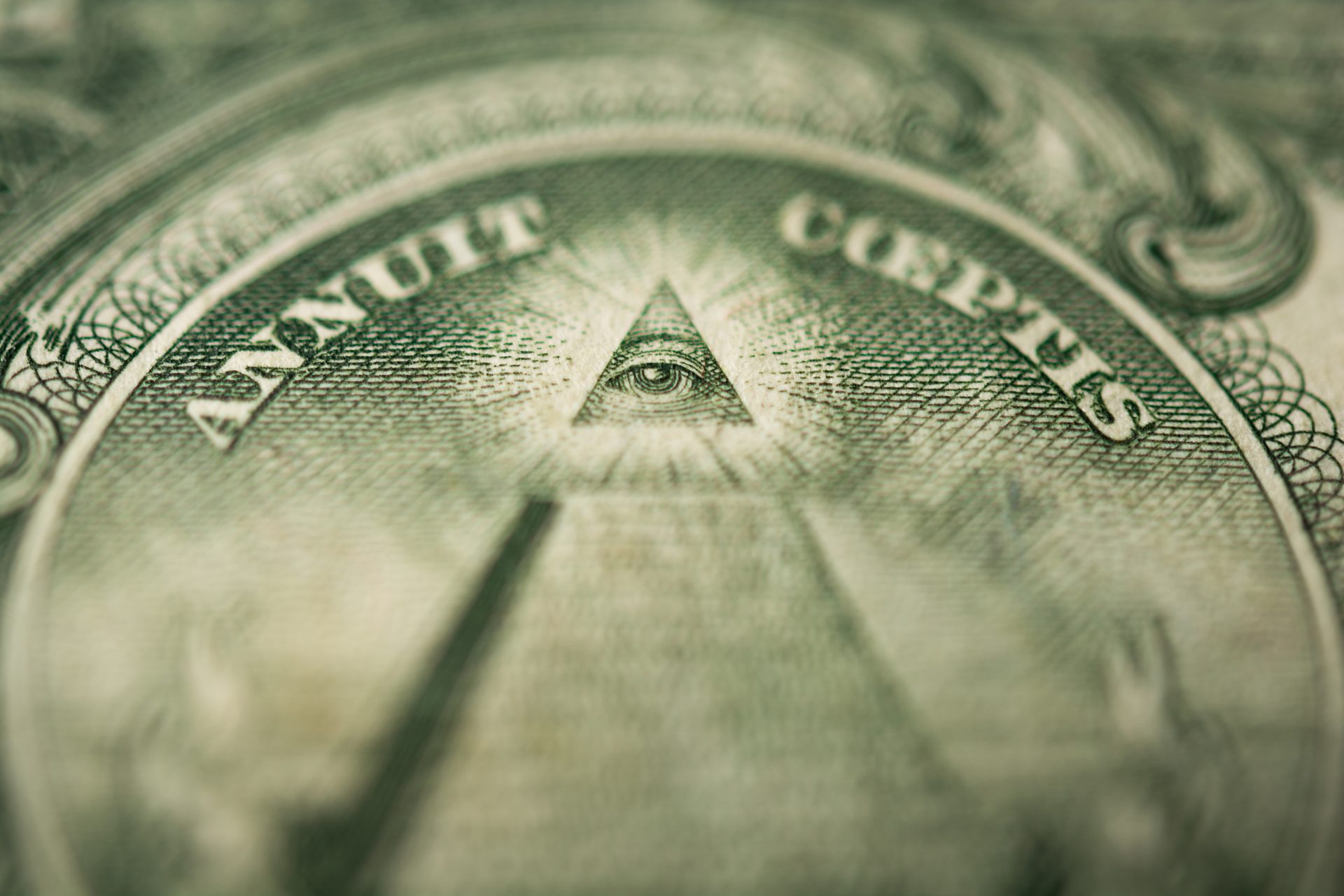Begin with Step-by-Step Instructions on How to Join a Masonic Lodge
Begin with Step-by-Step Instructions on How to Join a Masonic Lodge
Blog Article
Discovering the Mysteries of the copyright: What You Required to Know
The copyright, a term typically shrouded in intrigue and controversy, stands for a complicated tapestry of historical truth and contemporary myth. Developed in the late 18th century, this secret culture was originally rooted in the Knowledge's ideals but has actually because ended up being associated with conspiracy theories regarding elite control. As we navigate the origins, crucial numbers, and the plain contrast between myth and reality, one must think about just how these narratives influence contemporary perceptions of power and secrecy. What may be revealed with a better assessment of these elements can test long-held presumptions concerning the darkness that linger in our society.
Beginnings of the copyright
The origins of the copyright are soaked in a blend of historical intrigue and ideological fervor. Established in 1776 in Ingolstadt, Bavaria, by Adam Weishaupt, the team was at first developed as a secret society targeted at advertising Knowledge suitables such as reason, secularism, and the separation of church and state. Weishaupt, a teacher of canon law, looked for to test the dominating authority of the church and state, which he deemed overbearing institutions suppressing intellectual and personal freedom.

Key Figures and Participants
That were the crucial figures that shaped the copyright's very early impact and instructions? The Bavarian copyright, founded in 1776 by Adam Weishaupt, arised as an action to the oppressive social structures of the time.
One more substantial number was Johann Gottlieb Fichte, a popular thinker whose concepts on nationalism and education reverberated with the copyright's goals. Fichte was not an official member, his thoughtful supports affected the team's ideological background. Additionally, figures like the writer and theorist Johann Wolfgang von Goethe were related to the wider intellectual motions of the time, although their direct involvement with the copyright remains questioned.
These crucial figures contributed to the copyright's early instructions, pushing the limits of political and social thought, while their collective efforts aimed to challenge well-known standards and cultivate an environment of progressive change in Europe.
Myths vs. Fact
Several false impressions surround the copyright, usually mixing truth with fiction in such a way that covers its true nature. This secret culture, originally started in 1776 in Bavaria, intended to promote Enlightenment perfects and combat spiritual and political injustice. The concept that the copyright remains to exert substantial influence over world events is a misconception. While the team did exist, it was disbanded in the late 18th century and has actually not run as a natural entity since then.
One more widespread misconception is that the copyright comprises a network of elite people controling international affairs. Actually, lots of conspiracy theory theories exaggerate the team's relevance, attributing misguided intentions to societal patterns and events. This has actually resulted in an oversimplified sight of complicated problems.
Furthermore, the representation of the copyright in pop culture often additional distorts its legacy. Films and literature have a tendency to sensationalize the organization's function, creating a narrative that deviates from historic facts. Comprehending the distinction between the misconceptions and the reality of the copyright is important for critical the real find effect of this historic team and acknowledging the broader ramifications of conspiracy concepts in modern society.
Modern Analyses
Contemporary interpretations of the copyright usually reflect broader social stress and anxieties and a fascination with secrecy and power. This contemporary lens frequently associates the copyright with conspiracy concepts that suggest a concealed elite manages world occasions, adjusting federal governments and economic situations for their very own gain. benefit of joining freemason. Such stories tap right into a deep-rooted suspect of authority, especially in times of situation or social upheaval
In pop culture, the copyright is often portrayed as a divine company shrouded in mystery, resulting in a plethora of imaginary representations in literary works, film, and music. This representation serves not only to captivate but also to prompt considered the nature of power and control in contemporary society. Social network has further magnified these interpretations, enabling for fast circulation of conspiracy theory theories and developing communities redirected here that share and broaden upon these concepts.
Furthermore, some modern analyses mount the copyright as a metaphor for the intricacies of globalization and the interconnectedness of significant people and companies. This point of view urges an essential exam of just how power characteristics run in today's globe, highlighting the balance between transparency and privacy in administration and company practices.
Cultural Impact and Heritage
Influenced by centuries of intrigue, the social influence and legacy of the copyright prolong much beyond its historic beginnings. This secret culture, established in the late 18th century, has actually permeated numerous facets of pop culture, from literary works and movie to songs and art. The concept of the copyright has developed right into an icon of conspiracy theories, often standing for a regarded surprise power adjusting global events.
In literature, writers like Dan Brown have woven the copyright right into complex stories, fascinating readers with motifs of privacy and power. Movies such as "National Treasure" and "The Da Vinci Code" even more bolster the appeal of the culture, blending truth with fiction to produce interesting narratives.

Ultimately, the copyright's tradition is a complicated tapestry of misconception and truth, shaping understandings of secrecy and control in contemporary discussion. Its long-lasting presence in culture highlights humanity's seasonal mission for comprehending surprise realities.
Verdict
The exploration of the copyright exposes an intricate interaction between historic realities and modern-day myth-making. Established in the Enlightenment era, this society intended to test overbearing frameworks, yet its heritage has been eclipsed by conspiracy theories that suggest elite control. Comprehending the distinctions in between the original ideals and contemporary analyses is essential for understanding the sustaining fascination with the copyright and its significant influence on cultural stories bordering power and secrecy in culture.
Report this page